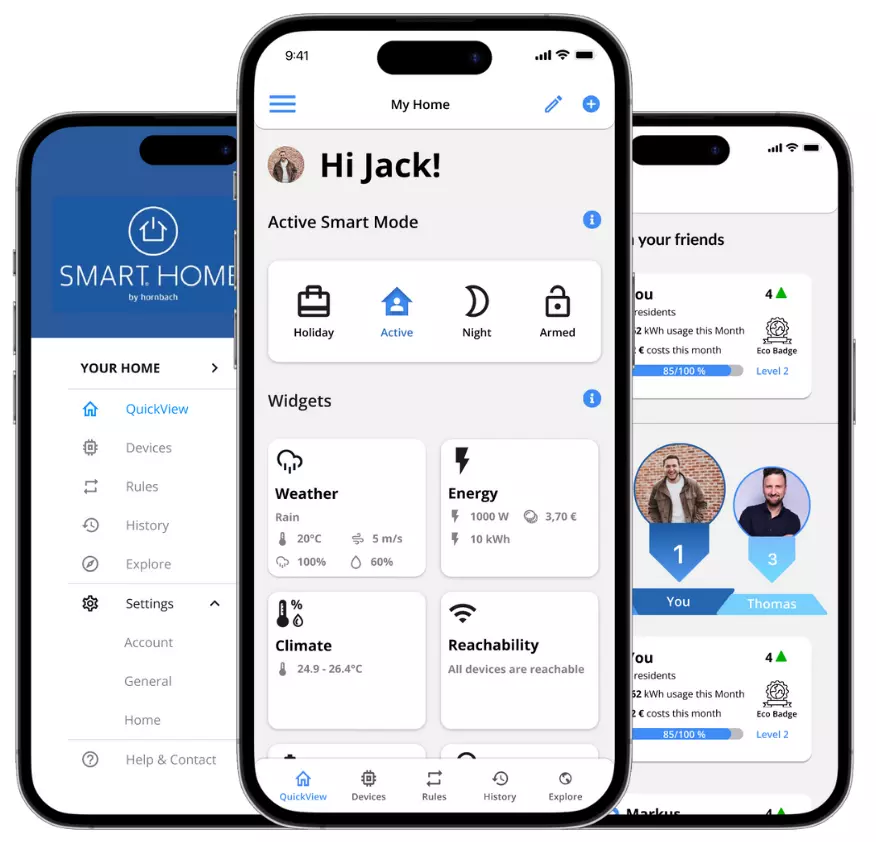As a UI/UX designer, one of my top priorities is to create seamless and intuitive user experiences. This is only possible by understanding the users’ needs, desires, and pain points through user research.
The Benefits of User Research in UI/UX Design
User research allows designers to gain valuable insights into the target audience’s behavior and preferences. By conducting interviews, surveys, and usability tests, designers can identify and address common pain points, design challenges, and usability issues before launching a product. This ensures that the final design meets the users’ needs and expectations.
Moreover, user research provides designers with a clear understanding of the users’ goals and motivations. This allows designers to create interfaces that are not only visually appealing but also guide users towards their objectives. By designing interfaces that cater to the users’ needs and expectations, designers can enhance the overall user experience and improve engagement and retention rates.
The User Research Process
The user research process typically begins with identifying the target audience and their needs. This involves conducting surveys and interviews to gather information about the users’ demographics, behavior, and preferences. Once the target audience is defined, designers can move on to analyzing user behavior and preferences. This involves conducting usability tests and gathering feedback from users to identify common pain points and design challenges.
Based on the user research findings, designers can create user personas, journey maps, and wireframes that capture the users’ needs and expectations. This allows designers to create user-centric interfaces that cater to the users’ goals and preferences.
The Role of User Research in the Design Process
User research is an integral part of the design process. It allows designers to create interfaces that are tailored to the users’ needs and preferences. By conducting user research early in the design process, designers can identify common pain points and usability issues and address them before launching a product. This ensures that the final product meets the users’ needs and expectations and enhances the overall user experience.
Moreover, user research can help designers improve their design skills by providing them with valuable insights into the users’ behavior and preferences. By constantly analyzing user behavior and incorporating user feedback, designers can create innovative and user-centric designs that cater to the users’ needs and expectations.


